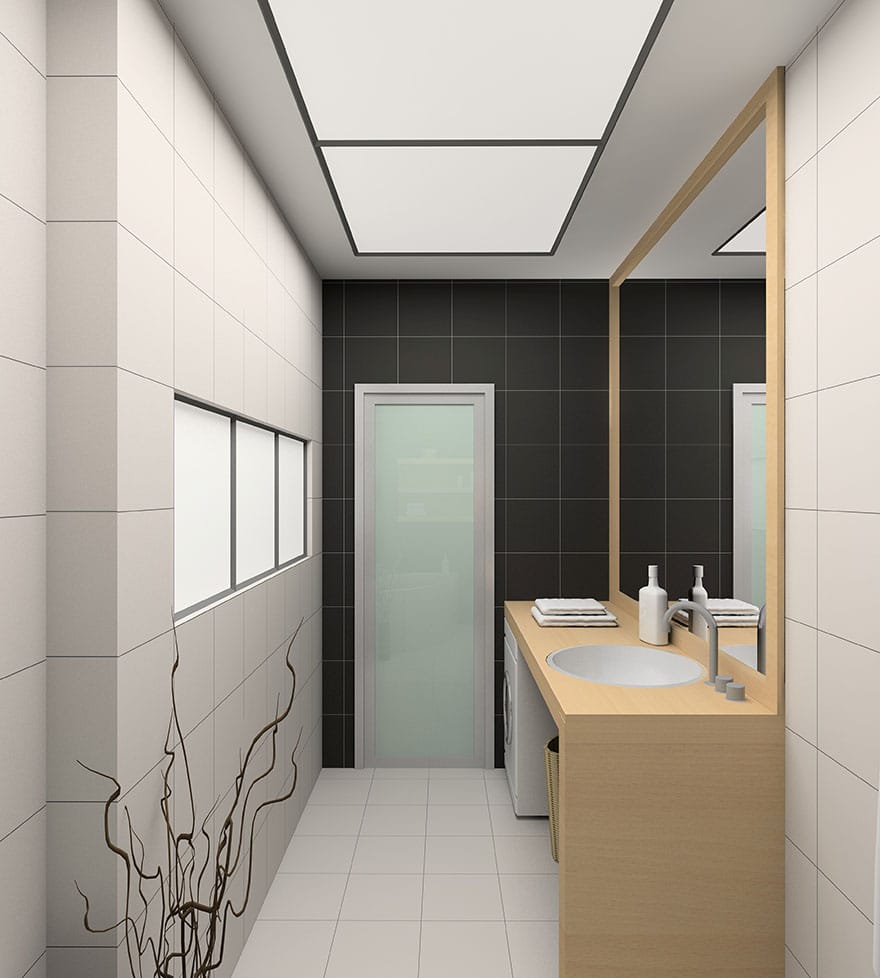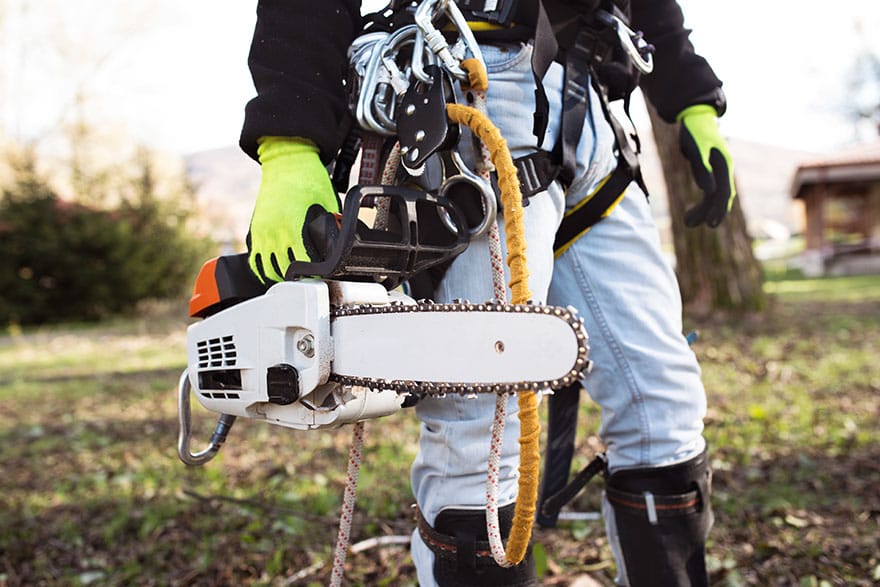Every house comes across mold at least once in its lifetime. It is a fungus that takes place due to excess moisture and little to no air for circulation. Areas like bathrooms and the basement tend to be the most vulnerable to mold as access to air is not that easy sometimes. Black mold can take place on walls, floors, furniture, and many other items in the house indicating there is a serious moisture problem or water damage. Mold is harmful for health so it’s better to consult experts for mold removal.
Why Should You Avoid Toxic Cleaning Solutions?
Some cleaning solutions are meant to do a great job when it comes to removing molds or other types of messes but they are not necessarily made for the user’s health in mind. Many of these cleaning solutions tend to be harmful when inhaled, touched, or ingested.
These toxic cleaning solutions can be extremely harmful to the eyes and hands especially if there happen to be kids in the house who are not aware of the consequences. Plus, some of these chemicals may have their place when it comes to certain major cleanup situations but you should avoid them when they aren’t necessary.
In most cases, you might have come across toxic chemicals like ammonia, chlorine, bleach, and antibacterials, etc. Even something as simple as “fragrance” might contain alcohol or other chemicals that could be harmful. Some people tend to use aftershave and similar items to help fight bacteria but that does not necessarily mean it is meant for every skin type.
If you have pets in the house, they are most probably going to follow whatever you do, and access to the chemicals can become an issue for their health. This is why, when or if using toxic cleaning solutions, you need someone who is an expert to help get rid of the solution itself once the mold is removed.
If the toxic solution remains there even after the removal process, you and your family members can be at risk of being harmed by the fumes.
The best alternative to using toxic chemical solutions for removing any type of mold is safe and environmentally friendly solutions. They are often easily accessible and affordable to use. However, you will need to cover yourself to prevent chemicals from reacting with your exposed body parts.
What Tools Do I Need For Mold Cleanup?
Generally, the tools needed for mold cleanup depend on the size and problem along with the material or surfaces being cleaned.
Smaller Areas
For smaller surfaces or areas, it is fairly easy to get rid of the problem by using a little bit of chemical and removal tools.
Larger Areas
But, if the cleaning area happens to be bigger, you might need to use plastic sheets or drop cloths to cordon off the area to prevent mold from spreading to the entire house. You should keep in mind that mold is airborne. This means it will travel from door to door by air, affect your indoor air quality, and can cause respiratory health issues if consumed regularly
Hard Surfaces
Furthermore, if the mold happens to be on a hard surface like wood or metal, you will need an equally tough mold removing tool. And, if the mold happens to be on fabric or soft surfaces, you can use a brush.
When it comes to removing the mold, you should use a spray bottle to help propel the cleaning solution directly on the mold. Otherwise, you will simply end up wasting the cleaning solution by spreading it all over the surface, which can be toxic.
Keep in mind that if the mold problem is due to water damage you will need to fix the water problem first. Also, you should hire an expert for quick and effective water damage restoration Potomac. The experts will use methods to restore the structure or items back to their original state before they were ruined by water or leakages.
What Are Natural Mold Cleaning Solutions?
Now that we have discussed the tools needed for removing mold, it is equally important that we discuss natural mold-cleaning solutions. Here are a few you should know.
Vinegar
Vinegar is one of the most effective, affordable, and strongest fighters against mold out there. It is essentially a by-product of diluted alcohol products. Several studies have been conducted on vinegar and it has proven that vinegar can remove some mold species.
At the same time, white vinegar is an effective natural cleaner when it comes to black mold. It is readily available at local grocery stores and isn’t toxic as well.
To use vinegar to remove black mold, simply grab a spray bottle and pour some inside. Spray it directly onto the mold surface and let it sit down for a while. Then, scrub the area using a brush and wipe the area with a clean cloth.
Baking Soda
Baking soda is one of the most versatile products out there, mostly found in the kitchen. Not only is it used in baking and cooking but also toothpaste. At the same time, it can also be used as a natural non-toxic treatment for getting rid of mold.
In addition to that, baking soda is an alkaline compound, which when exposed to an acid like vinegar, produces carbon dioxide. Baking soda is going to be the most effective when it is fresh. You can check it by putting a drop of vinegar on a pinch of baking soda.
If it happens to bubble vigorously, it means it should work on the mold. There are several ways of using baking soda to get rid of mold. The most common method is the baking soda spray solution. You can combine two tablespoons of baking soda with two cups of water in a spray bottle and shake it until it is completely dissolved.
On the other hand, you can create a paste by making a 50/50 solution of baking soda and water in a bowl. Apply it to the moldy surface and let it dry. Use a brush to scrub the area and repeat the process if required.
Hydrogen Peroxide
Hydrogen peroxide is yet another effective natural solution to help remove mold. You might think that the name comes from a chemical reaction but it is not toxic and is mostly common in homes. Hydrogen peroxide is mostly used as an antiseptic, bleaching agent, or oxidizer.
It is also effective in removing many types of mold. When coming in contact with bacteria, hydrogen peroxide tends to create bubbles, which means it is reacting. This should also be the case when treating mold using it.
Furthermore, hydrogen peroxide can be used on both porous and non-porous surfaces. It should be allowed to sit for at least 15 minutes before scrubbing or wiping it clean. Keep in mind that hydrogen peroxide can cause redness or blotches on the skin. It would be wise to protect your exposed body parts first.
Conclusion
Make sure you always wear safety equipment and consult a mold remediation Rockville service if the black mold problem is intense. Otherwise, you can opt for natural mold cleaning solutions mentioned above to tackle the issue.


